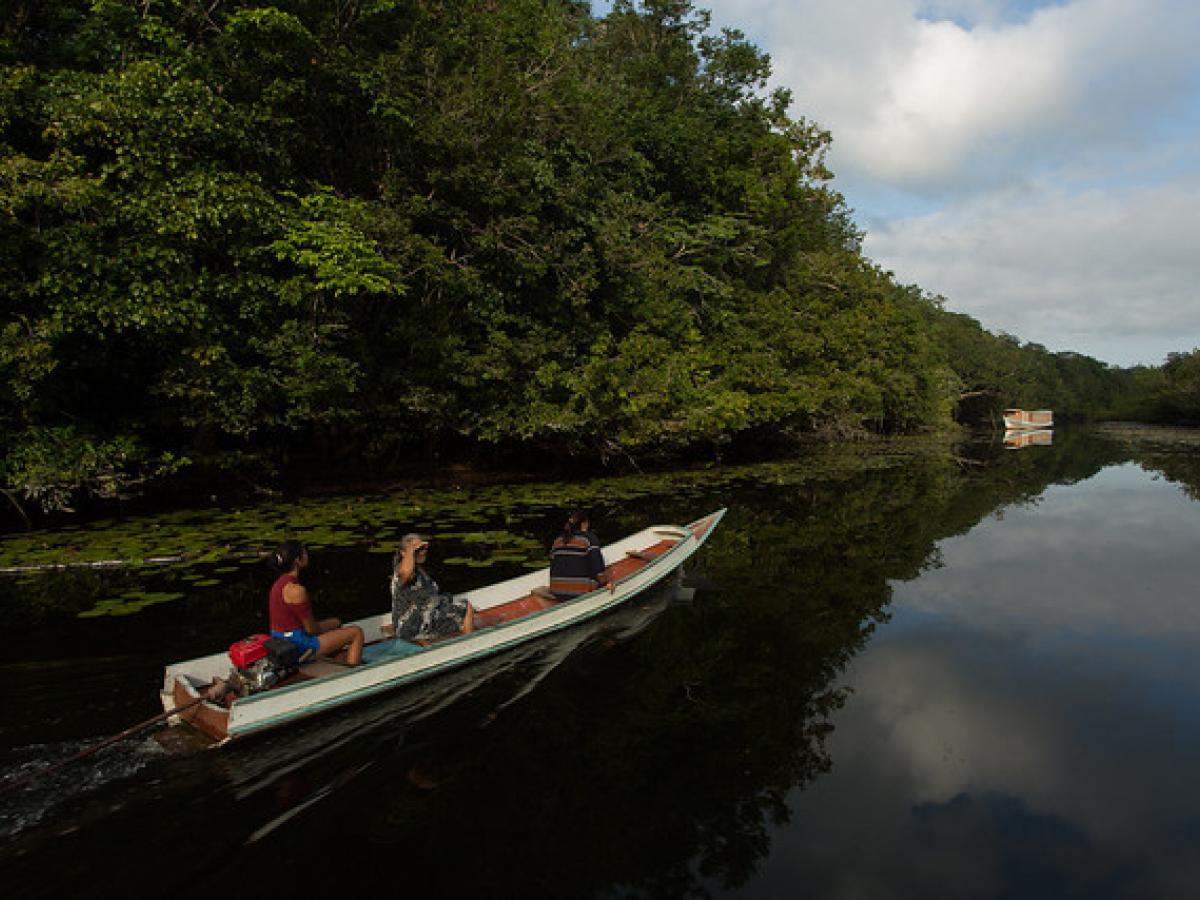In 1962, USAID began partnering with the Brazilian people on issues such as health, education, food security, sanitation, rights of children and adolescents, human trafficking, energy, microenterprise development, and the environment.
During the 1960s and 1970s, USAID helped Brazil strengthen its national institutions and build their capacity to address complex problems, such as economic instability and social inequality. USAID supported some of the most important public universities in Brazil, provided higher education support to a generation of Brazil’s leading economists, helped build transport and electric infrastructure, and strengthened the country’s public administration.
One of the most significant institutions to receive USAID assistance during this period was the Brazilian Agricultural Research Corporation (EMBRAPA). Created in 1972 to combat a food crisis in Brazil, EMBRAPA received support from USAID to increase its research capabilities and outreach. Today, and in part due to EMBRAPA, Brazil is one of the world’s largest agricultural producers.
In the 1980s, USAID focused its work on the environment, health, and human trafficking issues. The environment program focused on global climate change, biodiversity conservation, forest fire prevention, and renewable energy. USAID worked closely with the Brazilian government to control and treat tuberculosis and supported the work of non-governmental organizations in HIV/AIDS prevention. USAID supported civil society organizations to stop human trafficking and protect the rights of children and adolescents.
During the mid-1980s, USAID expanded its work to target at-risk youth and support corporate mentoring and internship placement programs. In 2011, the United States and Brazil partnered to implement development activities and provide expertise in other countries. This new donor role for Brazil recognizes the country's economic ascent and desire to apply its domestic experience in decreasing poverty and hunger and increasing people’s participation in society.
USAID/Brazil became the Agency’s first Strategic Partnerships Mission in 2014, recognizing that Brazil was no longer a traditional aid recipient, but rather an advancing partner in addressing global development challenges. The operational premise is that USAID/Brazil should serve as a catalytic platform for partnership in the region, in order to address Agency’s priorities not only in the Brazilian Amazon, but also in other parts of the world (see Trilateral Cooperation).
In light of this new approach and in the spirit of working with Brazil as a partner, in August 2014, USAID signed a bilateral agreement with the Government of Brazil to support its efforts to conserve biodiversity in the Brazilian Amazon and to foster the participation and engagement of the private sector in social and economic investment activities in Brazil. In late 2017, with the creation of the Partnership Platform for the Amazon (PPA) (https://ppa.org.br/) USAID/Brazil has increased its focus on the engagement of the private sector. The PPA is the first example in the Amazon of a convening platform that is led by the private sector aiming at facilitating collective actions on joint development and biodiversity conservation solutions to the Brazilian Amazon.

USAID/Brazil works with local partners in Extractive Reserve Verde Para Sempre in the Pará state to promote social wellbeing and empowerment through the management, commercialization and promotion of market access to sustainable timber and non-timber forest products.
Photo: Bruno Kelly – USAID/Brazil
